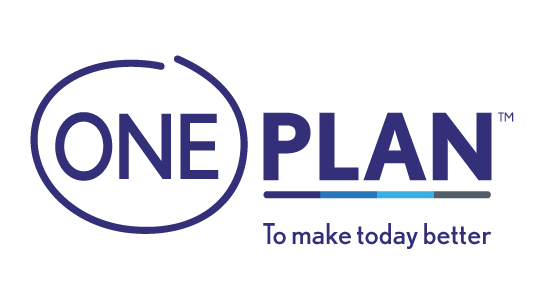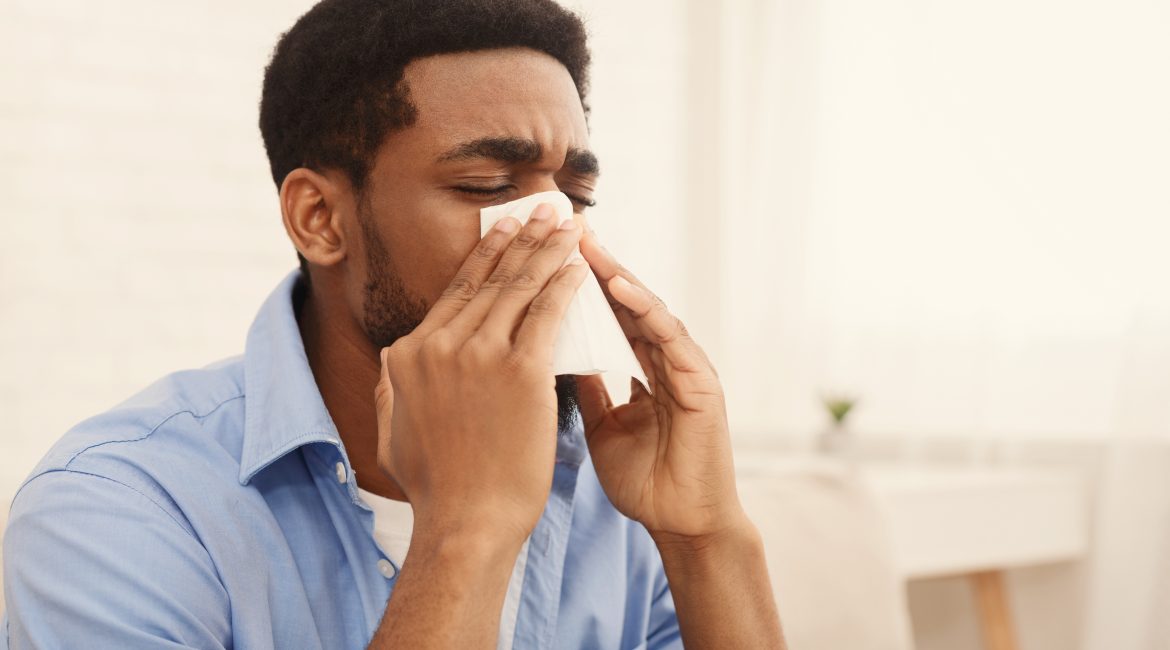First Aid Basics: 2 steps for how to stop a nosebleed correctly (hint – don’t lean back!).
A nose bleed, also known as epistaxis (we think nosebleed or bloody nose is easier to pronounce), can be quite scary-looking and uncomfortable, but they are not usually dangerous.
What Causes Nosebleeds?
Kids tend to get nosebleeds more often than adults – this is often because they pick their noses or it can be from an external issue or trauma such as a soccer ball hitting them in the face.
When an adult gets a nosebleed, it might be due to a medical issue. If you are someone who suffers from nosebleeds regularly, then chat to your doctor as they might be able to find the underlying cause.
Some common causes for nosebleeds include:
- Common cold
- Nose picking
- Trauma to the face
- Nose sprays
- Allergies
- The use of aspirin or blood thinners
Discover: The Top 5 Immune Boosting Vitamins to Add to Your Diet
How to Stop a Nosebleed the Right Way
1. Do not lean back, lean forward
One of the biggest myths we have all heard before is that when you get a nosebleed, the first thing you need to do is lean back. But the proper thing to do is to lean forward and here’s why: The blood will need to go somewhere, and when you lean back or lie down, then it is likely to move down your throat.
This can cause blood to get in your windpipe and result in a blocked airway, or the blood could go to your stomach. Blood in the stomach can irritate your stomach lining and cause you to vomit suddenly. Your mom might have told you to lean back when you have a nosebleed, but this is probably because she didn’t want you to get blood all over your nice clean shirt.
A lot of people also do not like the sight of blood, which is why we have so often been told to lean back instead of leaning forward to let the blood flow out of our noses. As gross as it might be, it is the right thing to do.
2. Pinch your nose (but in the correct way)
Most people will pinch their nose when they get a nosebleed out of instinct, but what many do not know is that there is a right way to do this, and a wrong way. The trick is to pinch your nose just below the bony bridge. Do not pinch the nostrils closed.
Your fingers need to be on the bone as well as the soft tissue. If you still notice blood flowing, then adjust your grip. There should not be any visible blood when you do this. When you do this right, then you should be able to breathe through your nose while you are pinching the blood flow to stop.
Another interesting read: Pink Eye: Symptoms, Causes & Treatments (Plus Tips on Prevention)
The blood vessels that supply the nasal membrane in the nose should be pinched against the hard part of the nose (also known as the bony bridge). This will stop or slow down the blood flow and allow a clot to form so that the bleeding can stop. You need to hold the nose for at least 5 minutes.
Here are some tips to follow:
- Do not let go of the nose until 5 minutes have passed.
- Keep the pressure on the nose for the entire 5 minutes.
- After 5 minutes, then release pressure to see if the bleeding has stopped.
- If there is still blood, then you will need to pinch the nose again – but now you need to do it for 10 minutes
- If the bleeding does not stop after 10 minutes, then repeat for another 10 minutes.
- Placing an ice pack over the bridge of the nose can cause the blood vessels to constrict and this can stop the bleeding. Remember, ice will not stop the bleeding by itself, you need to use ice and pressure
- Once the bleeding is under control, then you MUST NOT blow your nose! This will cause the bleeding to start again.
When Should I Go to the Doctor for a Nosebleed?
Good question. You will need to go to a doctor if the bleeding does not stop after your third try of applying pressure. This means it would have been 15 to 20 minutes of applying pressure.
You should also see your doctor if the bleeding is from an injury or trauma to the face such as getting punched or hit in the face with an object. If your nosebleed is rapid and you are losing more than a cup of blood or if the blood is going down the back of your throat, then you need to see a doctor. If you feel dizzy, lightheaded or weak, then see your doctor.
Of course, having health insurance that pays you BEFORE you see your doctor will certainly help in situations like this.
Read next: 5 ways to combat your spring allergies
Your Health Insurance Family,
Oneplan




